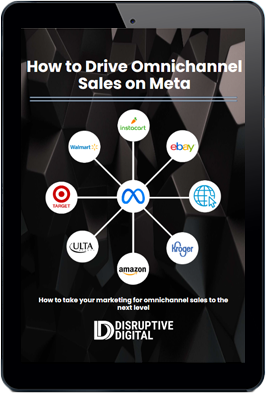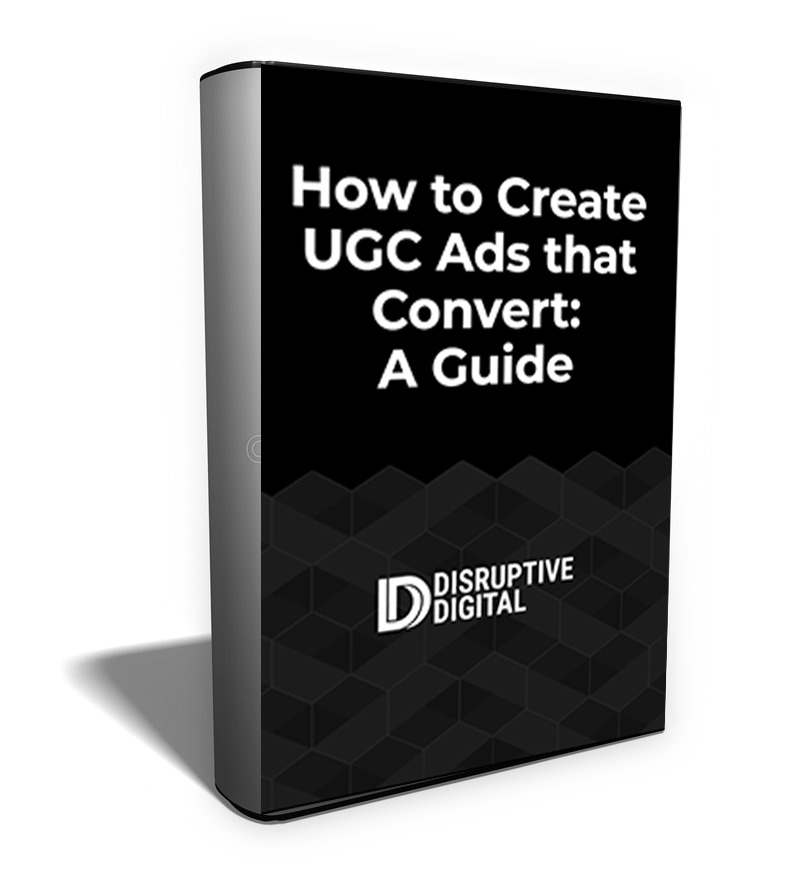Few digital marketing concepts are as mysterious and misunderstood as auction bidding. On Meta, which powers ad networks like Facebook and Instagram, you need to win a real-time, continuously running auction against other brands competing for eyeballs from the same audience. But how that happens is one of the best-kept secrets in the ad space.
In reality, though, Meta auction bidding is more defined than you might think. Approach it the right way, and you can reliably outbid your competition even without outspending them. In this guide, we’ll demystify the process, helping you not just understand the process but make tangible improvements to your ad strategy to improve reach and results.
How the Meta Auction Chooses Winning Ads
Most digital advertisers operate under a false assumption. And to be sure, it’s tempting to assume that the brand that spends the most will ultimately receive the ad placement. But in reality, that’s far from the case.
Instead, Meta uses three core variables to determine which brands will win out to place their messaging in the limited ad space. It’s a three-piece value equation:
- Advertiser Bid, which describes how much you choose to pay to hit your optimization goal.
- Estimated Action Rates, which is the likelihood that the ad impression will lead to a result matching your optimization goal.
- User Value, which estimates the quality level of the ad itself and how interesting the audience will find it.
These three components are by no means equal. But they all matter as you look to get your ads in front of as many members of your target audience as possible. If more users take action on your ad, or the ad is more relevant to them, you can actually pay less than your competitors while winning the Meta auction.
The 3 Components of a Winning Auction Bid
Time to break it down into a bit more detail. Meta uses a distinct set of metrics to determine your bid’s value according to each of the above three components. Understanding what they are helps you optimize your ad and bid to win the auction as much as possible.

Advertiser Bid
This is the media and budget part of the equation. It’s also the most well-known of the variables in the auction. To rank it, Meta uses these metrics:
- Bid Amount
- Bid Type, like video view vs. conversion
- Overall Advertising Budget, typically by day.
Estimated Action Rates
Every Meta ad is set up with a specific goal in mind. In the auction, the platform judges each bid based on how likely the ad is to accomplish that goal. Depending on your goal, it might look at metrics like:
- Estimated click-through rate
- Estimated conversion rate
- Conversion signal strength via the pixel/CAPI
Naturally, these metrics depend heavily on your ad setup and, more importantly, your signal strength. If you don’t accurately track conversions on your website back to your ads through the Facebook pixel or conversions API, the platform may think your ads drive fewer conversions than they do and downrank your bid accordingly.
User Value
Meta has a tangible stake in showing only high-quality ads that downgrade user experience on its networks. This final component estimates that quality metrics like:
- Positive ad engagement such as likes, comments, and actions users take after clicking through to your landing page.
- Negative ad engagement, like hiding the ad or reporting the advertiser.
- The landing page experience after clicking through your ad, including variables like load times, bounce rates, dwell times, and more.








